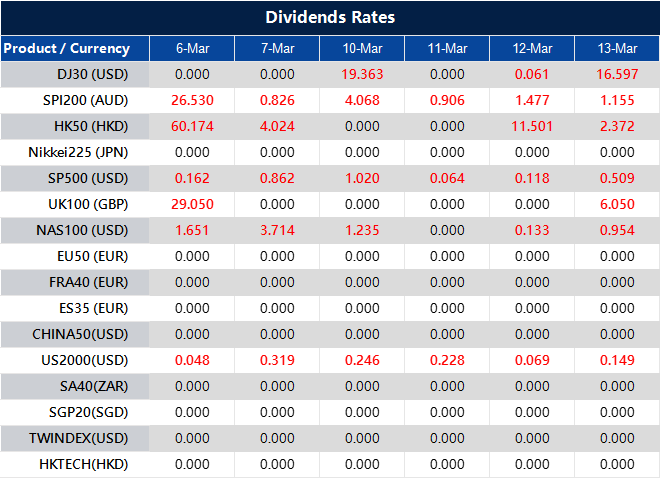China’s export growth is anticipated to have slowed in early 2023 due to disruptions from the Lunar New Year and increasing trade pressures from the U.S. Economists predict exports grew by 5% year-on-year, a decline from December’s 10.7% increase, while imports likely rose by 1%.
The trade surplus for January-February is expected to reach $142.35 billion. Combined trade data for these months is published by China’s General Administration of Customs to account for the impact of the Lunar New Year holidays.
Rising Trade Tensions
Trade tensions with the U.S. have escalated, with tariffs imposed on both sides. China has set a 5% economic growth target for the year amid plans to expand its budget deficit, raising concerns that ongoing tariffs may undermine its export capabilities.
China’s export growth has been losing momentum, and this is not by chance. The early months of 2023 brought multiple hurdles that worked against a stronger trade performance. The disruptions caused by the Lunar New Year slowed down manufacturing and shipments, an annual occurrence that tends to skew data during this period. But the more pressing challenge comes from abroad. Trade relations with the United States have become harder to navigate, with tariffs and restrictions weighing on industries that once thrived on easier access to global markets.
A decline from December’s export growth to an estimated 5% increase year-on-year signals more than just a seasonal dip. It points to a shifting international environment that is becoming more difficult for Chinese exporters. Imports, with a modest projected rise of 1%, suggest that domestic demand has not surged enough to counteract external weakness. A trade surplus of $142.35 billion for the first two months indicates resilience, but the underlying conditions shaping trade flows deserve close attention.
Beijing’s push for 5% economic growth this year comes with a commitment to expand fiscal spending, revealing a willingness to stimulate key areas to meet targets. However, tariffs remain a thorn in the side of exporters, potentially capping how much trade can contribute to overall economic expansion. The risk is that persistent pressure from Washington, coupled with efforts to diversify supply chains elsewhere, could leave Chinese firms facing a less favourable trading climate.
Adapting To Challenges
Maintaining competitiveness will depend not just on policy adjustments but also on how businesses adapt to these external forces. Those focused on international markets should be prepared for shifts in demand and pricing as trade barriers influence costs. Watching how Beijing balances its fiscal strategy with these external constraints will be critical in assessing the direction of trade through the months ahead.













